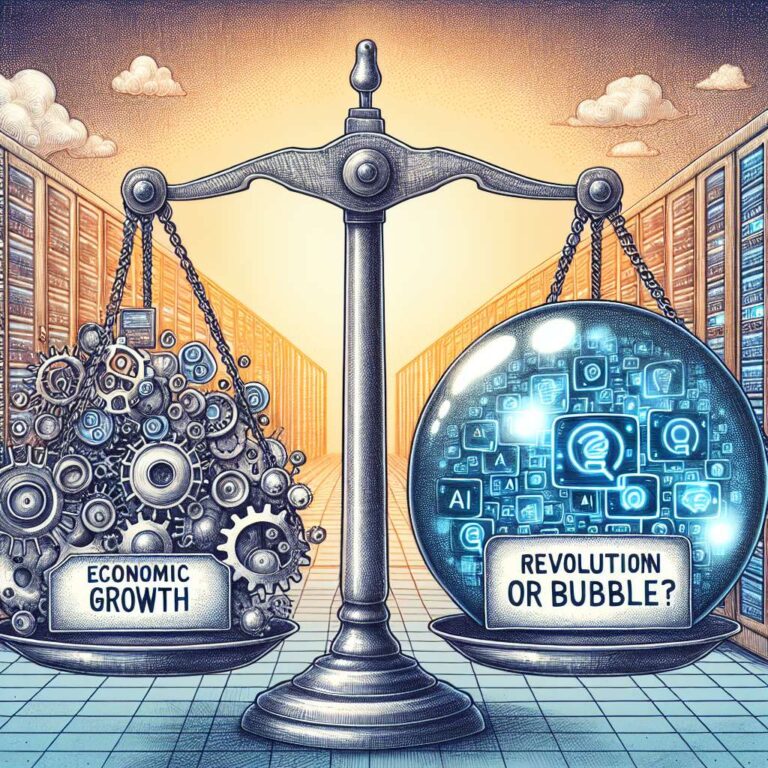Christopher Hopkins frames the debate over whether Artificial Intelligence represents a lasting technological revolution or a speculative bubble. He cites economists and industry analysts who say spending on information processing equipment and software is driving an outsized share of recent growth. Harvard economist Jason Furman is quoted noting that such investment accounted for 92% of GDP growth in the first half of 2025, and JP Morgan reports that communications equipment, software and information processing supplied more than 100% of the growth in private fixed investment during 2024 and 2025, offsetting slowdowns elsewhere in the economy.
The column details a shift from asset-light profitability toward heavy capital intensity as hyperscalers build computing and storage infrastructure. The author points to large projects such as Amazon’s Project Ranier, which will consume roughly 2.2 gigawatts of electricity, and highlights industry forecasts for dramatically higher power demand, with McKinsey estimating 80 gigawatts by 2030 and Goldman Sachs projecting 122 gigawatts. Hopkins warns that increased capital intensity amplifies risk, drawing historical parallels to overinvestment episodes in railroads and the dotcom era, and noting that data center investment now exceeds construction of traditional office buildings.
Market concentration and complex financing raise contagion concerns. The so-called Magnificent 7 now account for nearly a third of the S&P 500 by market value, and interlocking deals are creating circular exposures: Microsoft owns 27% of OpenAI, OpenAI has major chip agreements and partnerships with large vendors, and some partners are borrowing heavily. Hopkins reports that since the launch of ChatGPT in 2022, Artificial Intelligence plays have absorbed 90% of capital investment and accounted for 75% of gains in the S&P 500. He concludes that while much of the capital tsunami may be lost, Artificial Intelligence is clearly changing the economy and who ultimately wins remains uncertain. The column closes with a ChatGPT response acknowledging bubble-like behavior in parts of the sector.

